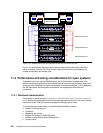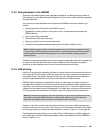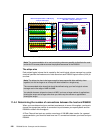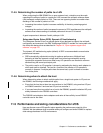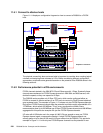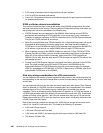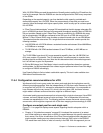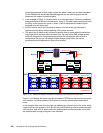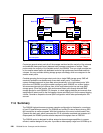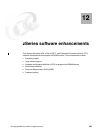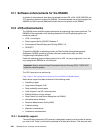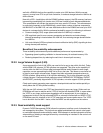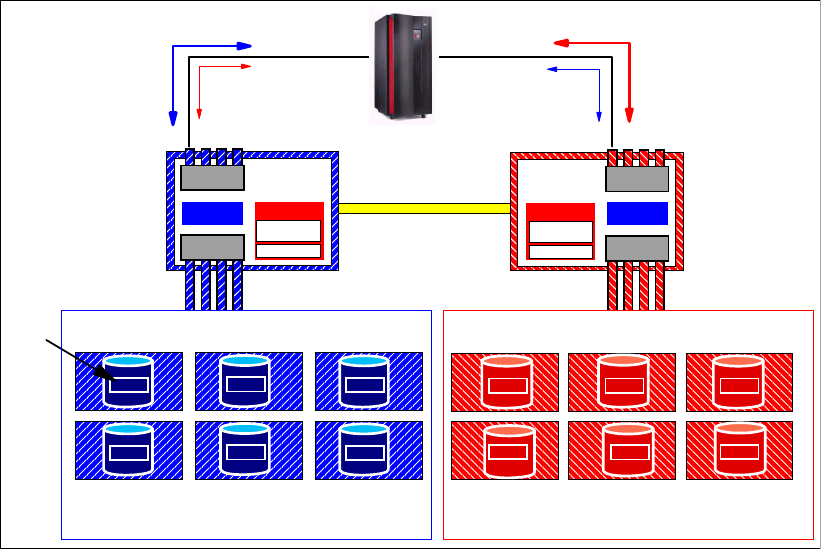
238 DS6000 Series: Concepts and Architecture
control the placement of each single volume and where it ends up in the disk subsystem.
For the DS6000 this would have the advantage that you can plan for proper volume
placement with respect to preferred paths.
In the example in Figure 11-12 each rank is in its own extent pool. The evenly numbered
extent pools have an affinity to the left server, server 0. The odd number extent pools have
an affinity to the right server, server 1. When a rank is subdivided into extents it gets
assigned to its own extent pool.
Now all volumes which are comprised of extents out of an extent pool have also a
respective server affinity when scheduling I/Os to these volumes.
This allows you to place certain volumes in specific ranks to avoid potential clustering of
many high activity volumes within the same rank. You can create SMS storage groups
which are congruent to these extent pools to ease the management effort of such a
configuration. But you can still assign multiple storage groups when you are not
concerned about the placement of less active volumes.
Figure 11-12 Extent pool affinity to processor complex with one extent pool for each rank
Figure 11-12 indicates that there is an affinity between FICON ports and certain extent pools
and, therefore, an affinity between FICON ports and certain volumes within these extent
pools.
In this example either one of the two HAs can address any volume in any of the ranks. which
range here from rank number 1 to 12. But the HA and DA affinity to a server prefers one path
over the other. Now z/OS is able to notice the preferred path and then schedule an I/O over
the preferred path as long as the path is not saturated.
Server 0
Server 1
red I/O
blue I/Ored I/O
blue I/O
preferred pathpreferred path
blue
red
Extent pool11
Rank
Extent pool9Extent pool7
Extent pool5Extent pool3
Extent pool1
11
9
7
53
1
8 12
10
2
64
Extent pool10Extent pool8Extent pool6
Extent pool4
Extent pool2Extent pool0
blue extent pools red extent pools



